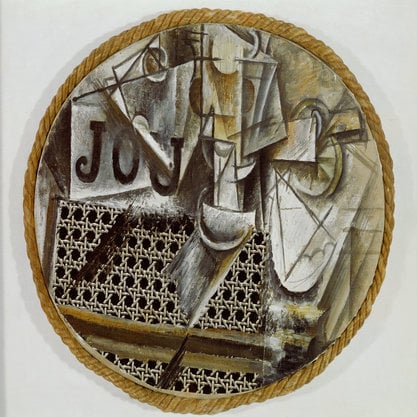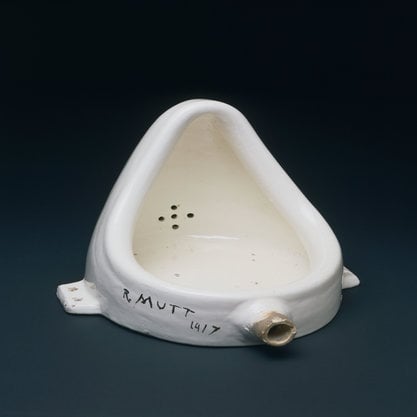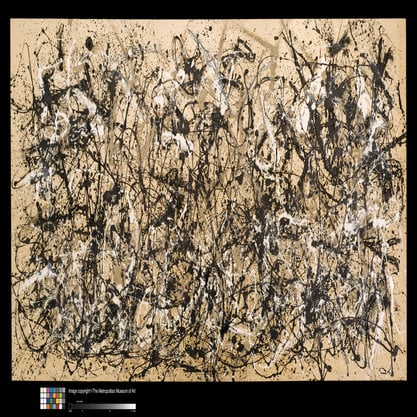Article
Japanese-Korean Artistic Exchange (20th Century) By Youngna, Kim
Article
Japan was the most active among the East Asian countries in embracing Western civilization during the late 19th century. At the same time, the 500-year-old Joseon Dynasty (1392–1910) of Korea remained highly conservative. While Japan emerged as the dominant power of the region, Korea eventually collapsed, falling into Japanese colonial rule for 35 years (1910–1945). Due to these political conditions, Japanese art was highly prevalent in the work of Korean artists during this time, and Western art was mostly filtered through Japan. Korean artists nurtured a curiosity and passion for modern culture during the colonial era. Painters began using Western materials such as oil paints, and Western-style sculptures also emerged. In addition, a modern system of art exhibition was implemented. In previous eras, artisans working with paint, stonemasonry, carpentry, and metal casting were somewhat scorned, and therefore had a very low social status. However, as new cultural changes took hold, people working in these media gained a newfound respect as artists.




